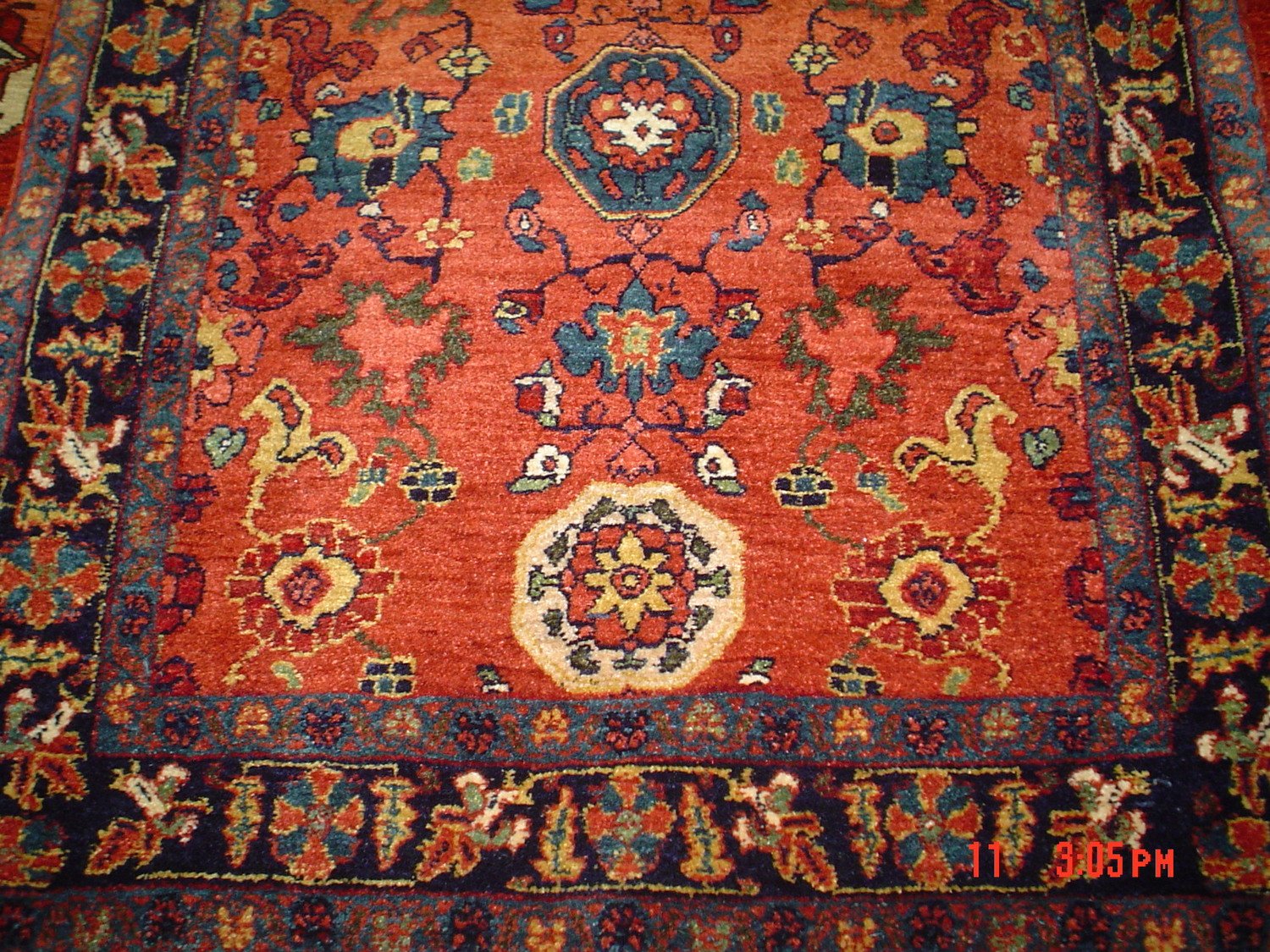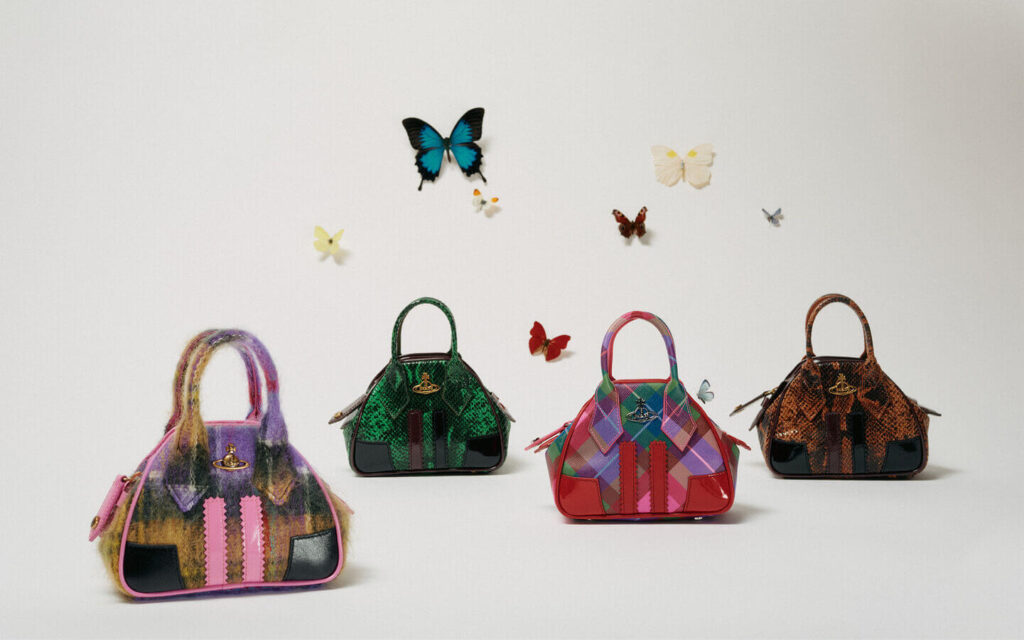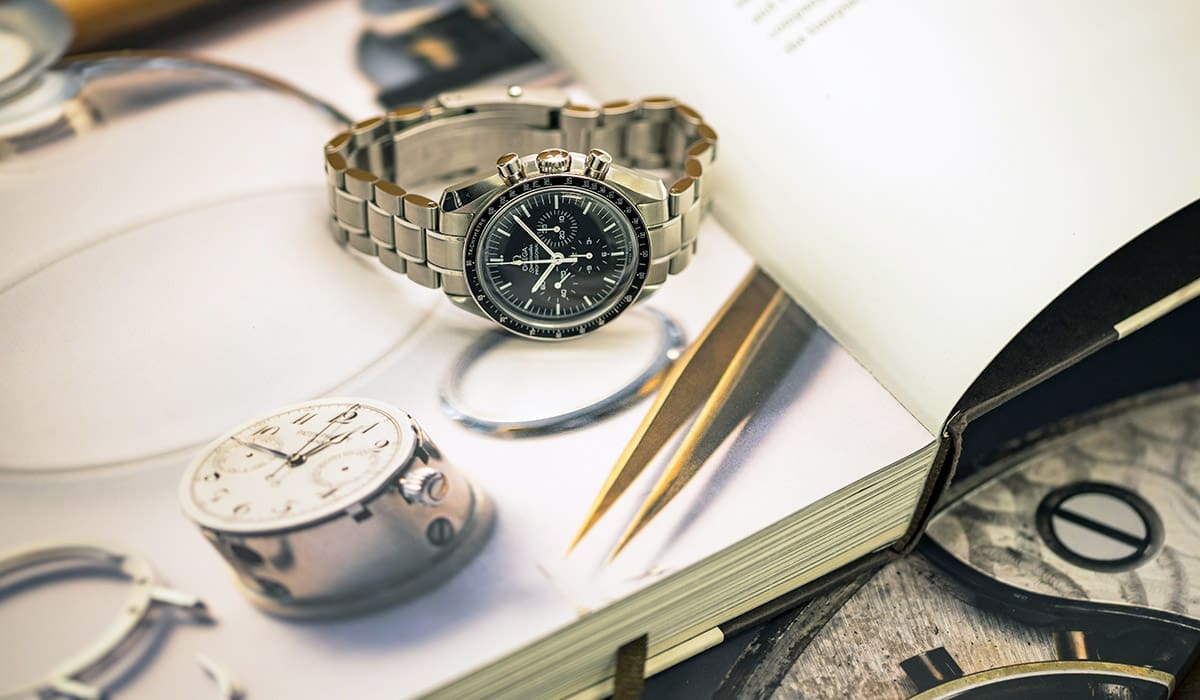
In recent years, the fashion industry has undergone a significant shift towards sustainability and ethical practices. This movement has extended beyond clothing and accessories to include home décor, where oversized Persian rugs have emerged as a prominent example of how traditional craftsmanship can contribute to these modern values. Persian rugs, renowned for their intricate designs and rich history, play a notable role in promoting sustainable and ethical fashion in the home décor sector.
Sustainable Craftsmanship and Materials
One of the primary ways Persian rugs contribute to sustainability is through their use of natural materials and traditional craftsmanship. Persian rugs are predominantly made from wool, silk, and cotton – materials that are renewable and biodegradable. Unlike synthetic fibers, which can take hundreds of years to decompose and often involve harmful chemicals in their production, natural fibers used in Persian rugs have a lower environmental impact.
Moreover, the production of Persian rugs is deeply rooted in traditional methods that prioritize durability and quality. These rugs are often handcrafted by skilled artisans using techniques passed down through generations. This artisanal approach ensures that each rug is made with care and precision, resulting in a product that can last for decades, if not centuries. The longevity of Persian rugs means that they do not need to be replaced frequently, reducing the need for additional resources and minimizing waste.
Ethical Production Practices
Ethical considerations are also a significant aspect of long Persian runner rug production. Many Persian rugs are made in family-owned workshops or cooperatives where artisans are fairly compensated for their work. These workshops often emphasize safe working conditions and respect for the artisans’ craft. This contrasts sharply with fast-fashion industries, where labor exploitation and unsafe working environments are common issues.
Additionally, the production of Persian rugs often supports local economies and preserves cultural heritage. By investing in these traditional crafts, consumers help sustain communities that rely on rug-making as a primary source of income. This support not only ensures that the art form continues to thrive but also promotes economic stability in regions where it is produced.
Cultural Preservation and Longevity
Persian rugs are more than just decorative items; they are cultural artifacts that embody the history and artistry of their region of origin. The intricate designs and patterns often reflect cultural stories, regional symbols, and historical events. By choosing to purchase and preserve Persian rugs, consumers contribute to the preservation of these cultural narratives and support the continuation of traditional art forms.
The longevity of tribal Persian rugs also plays a crucial role in their sustainability. Unlike fast fashion items that may go out of style quickly and become obsolete, Persian rugs are timeless in their design and craftsmanship. Their classic aesthetics ensure that they remain relevant and cherished for many years, reducing the need for frequent replacements and encouraging a more sustainable approach to home décor.
Conclusion
Persian rugs exemplify how traditional craftsmanship can align with contemporary values of sustainability and ethics. Their use of natural materials, commitment to durability, and support for fair labor practices make them a significant contributor to sustainable and ethical home décor. By choosing Persian rugs for sale at ArmanRugs, consumers not only invest in a beautiful and enduring product but also participate in a broader movement towards responsible consumption and cultural preservation. In an industry often criticized for its environmental and ethical shortcomings, Persian rugs offer a valuable example of how tradition and modern values can coexist harmoniously.





More Stories
Celebrity Fashion Trends That Ruled 2025
Best Dressed at the Oscars 2025
Top Streetwear Fashion Trends Dominating 2025